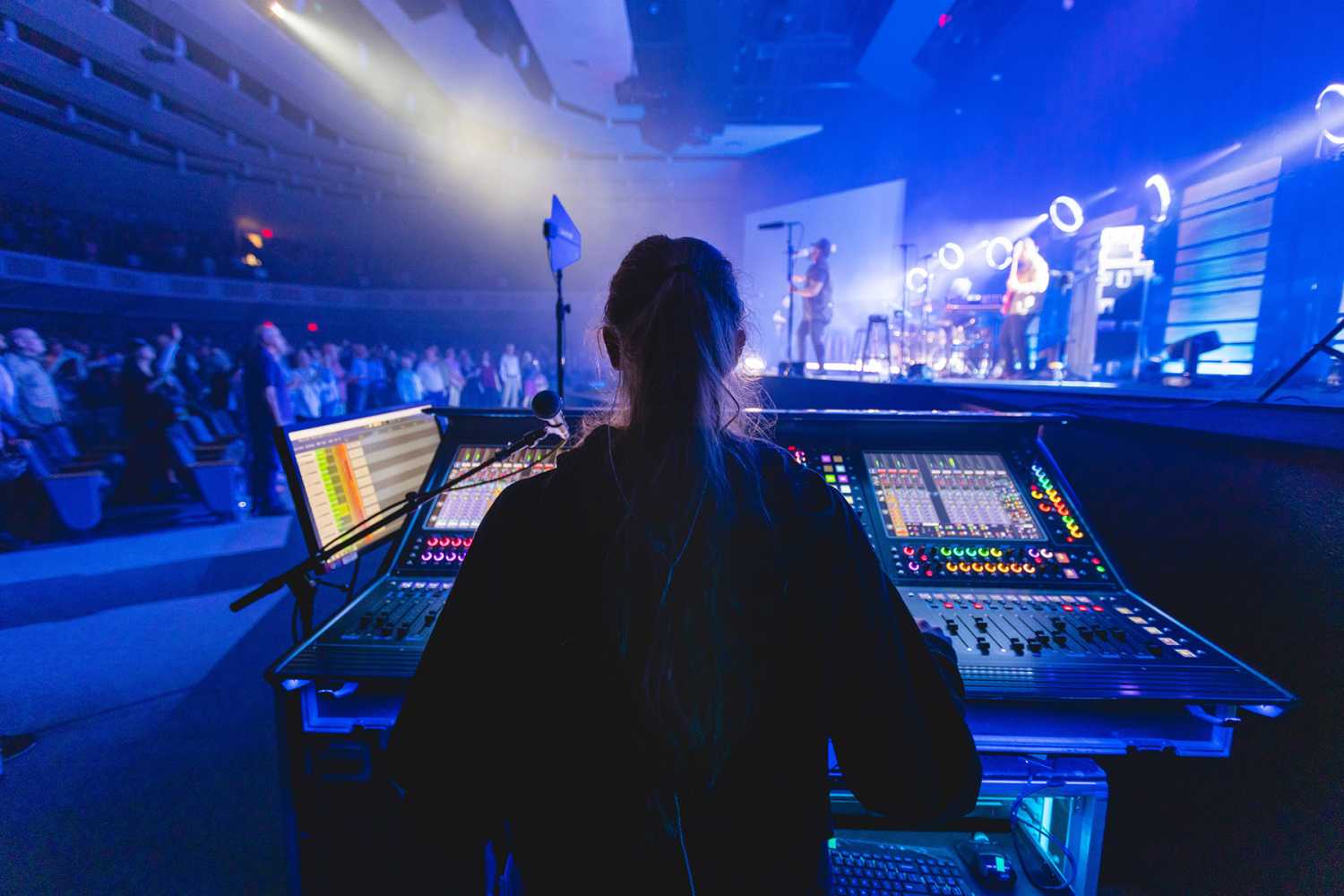Chris Tomlin tours with DiGiCo Quantum desks
- Details

Since its inception in 2017, the event has become a record-setting evening, smashing attendance records as the largest ticketed Christian concert in the history of the venue. This year, on 7 April, the Grammy Award and multiple Dove Award winning artist and his band were joined onstage by a number of special guests, including CeCe Winans, Blessing Offor, and Bethel Music’s Jenn Johnson, plus New York Times best-selling author/pastor Max Lucado, who shared a poignant message for the evening.
Good Friday Nashville fell near the middle of Tomlin’s latest musical trek, The Stories of Worship Tour, which began on 23 February in San Antonio, Texas and crossed the finish line 26 shows later on 23 April in Grand Rapids, Michigan. Aside from the artist’s songs and personal stories, what also characterized all of these shows was sound mixed through DiGiCo Quantum consoles, supplied by Spectrum Sound, with engineer Jeff Sandstrom manning a DiGiCo Quantum338 desk at front of house.
Monitor mixing for the Good Friday event was handled by Joseph Mirakovits on a Quantum7, while for the tour, monitors were mixed on a second Quantum338 by Meredith Empie, a Belmont University audio engineering-technology graduate, who also served as the RF technician for the Bridgestone Arena show.
What was notable about the sound on this tour was that Tomlin was not carrying his own PA system, instead using the installed sound systems in the large church venues that the tour visited. It was a return to Tomlin’s roots, says Sandstrom, who has worked with the artist for 15 years.
“This was how we toured for years, before we transitioned to arenas, carrying our consoles and some subs and front-fills for the house PA systems,” he explains. “It’s so different being back in churches, where the sound systems and acoustics are different every show. It’s challenging but it can also be fun, and the Quantum338 helps that because it gives me a consistent yet flexible work surface for every show. I can load my file and just mix, with muscle memory letting me concentrate on whatever new wrinkles there might be in each venue. I’m totally comfortable on the console, so I can really focus on the PA and the house.”
The consoles were looped together on Optocore, with a single shared SD-Rack for inputs. Sandstrom says the workflow is simpler than for arena shows, with gain control at the monitor desk. “If there are any changes to the gain structures, we communicate that, but mostly it’s been a set-it-and-forget-it kind of workflow, which is great. You can really focus on the music while saving on truck space and load-in times.”
















